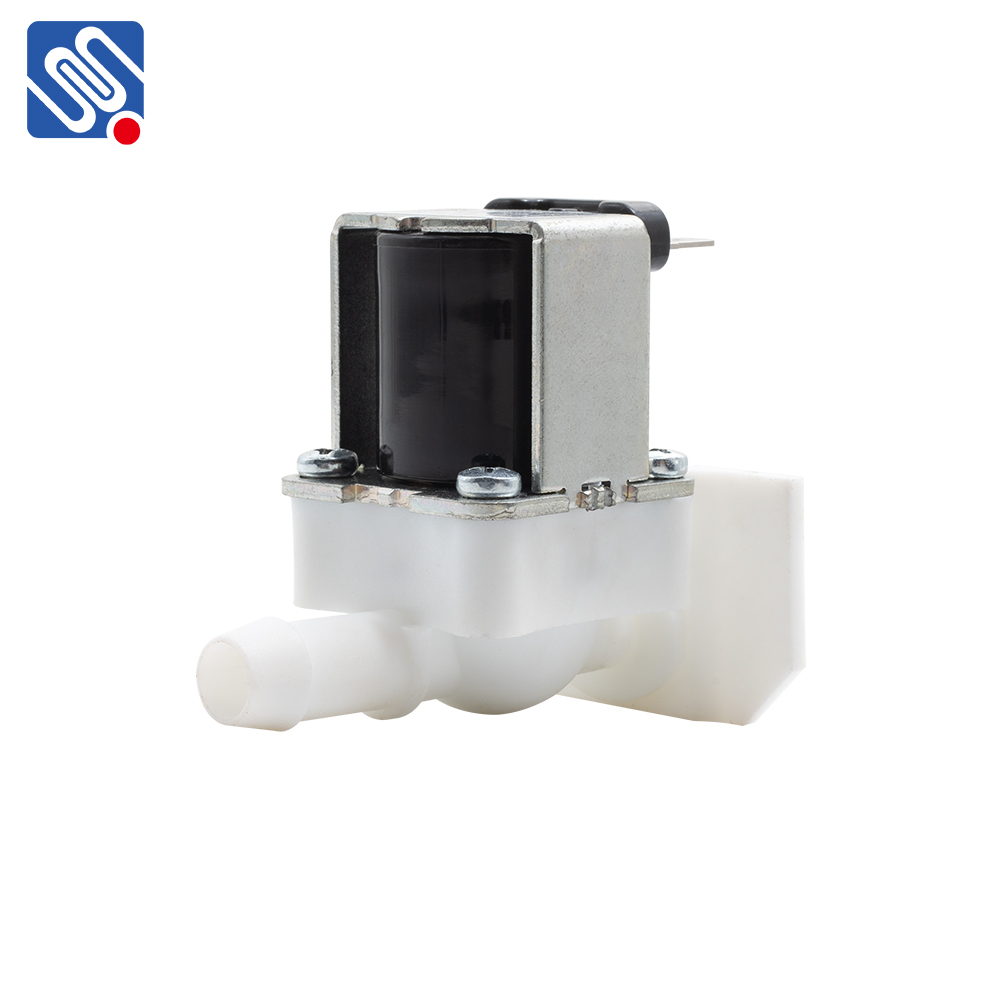A Low Flow Solenoid Valve is a crucial component in many industrial, commercial, and residential applications where precise control of fluid flow is required. These valves, typically designed to regulate low flow rates of fluids or gases, are electrically operated, offering an efficient solution for systems that require automated, reliable, and accurate fluid management. In this article, we will explore the working mechanism, key applications, and the advantages of low flow solenoid valves.

What is a Low Flow Solenoid Valve? A Low Flow Solenoid Valve is an electromechanical valve that controls the flow of liquids or gases by opening or closing a valve orifice. These valves operate using a solenoid – a coil of wire that generates a magnetic field when an electric current is applied. When the solenoid is energized, it pulls or pushes a plunger, which in turn opens or closes the valve, allowing or restricting the flow of the medium passing through it. The term “low flow” refers to the valve’s ability to precisely regulate small amounts of fluid, typically in the range of milliliters per minute to a few liters per minute, depending on the specific design and purpose of the valve. Low flow solenoid valves are specifically designed to maintain consistent and accurate flow rates even at these minimal levels, making them ideal for applications that require tight control of fluid or gas movement.